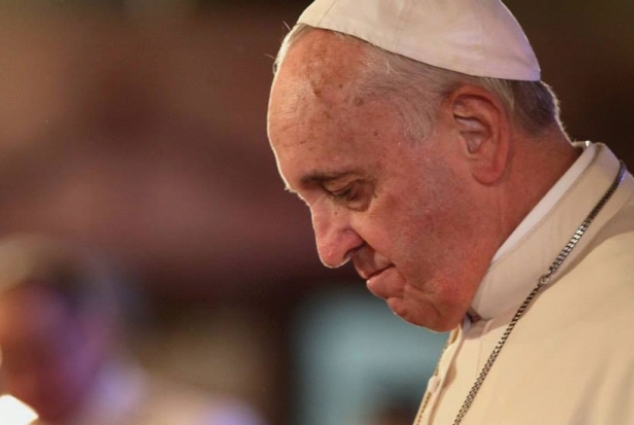What's under all the criticisms of Pope Francis?

Schisms and schism rumors troubled the end of summer when preparations began in Rome for the Synod of Bishops for the Pan-Amazon region, at least among people who understand the so-called Catholic Twitter. On that occasionally troubled platform, the releases of 240 characters from the crowds of pennies Henny in all corners of the various cultural blocks of the church weighed on the latest news on the internal crumbling of the church.
The autonomous watchdogs of ecclesial orthodoxy were worried about the schismatics they perceived among the followers of the "synodal way" of Germany or during a ceremony to plant trees that opened the synod in Rome. This crowd in turn became the target of self-described progressives in the church happy to emphasize the hypocrisy among Catholic comrades who during the previous papates had little patience for critics of "their" popes.
Looking at all the unpleasantness, one can only wonder what a stranger of these Christians would do, who, according to the first reports, would be known by their mutual love.
First, a deep cleansing breath - if it's not too much yoga exercise - and a gentle reminder: don't confuse the church with its twisted reflection on social media. The hot spots of ideological combat on the Internet are not where most Catholics on the bench find a reflection of themselves, their experiences or concerns. Catholic Twitter, thank goodness, is not the Catholic Church.
This does not mean that there are no current and important theological and ecclesial questions to discuss about the future of the church. But it is worth asking what lies beyond - or below - the surface conflict.
Some of the most critical voices of Pope Francis are happy to deepen the issues related to priestly celibacy, communion for couples who seek to extract themselves from "irregular" unions and awareness of the church to its marginalized communities, both among the indigenous villages along the Amazon or in LGBT neighborhoods in larger western cities.
The pope recognized these voices, emerging in particular from the United States, as expressions of schismatic quarrel that would not dissuade him.
Behind these voices there are Catholics of sympathetic concerns and, frankly, a lot of money to be thrown on the platforms of contemporary communication that keep the criticisms of Francis firm and strong. These critics emerge from a nexus of power that from the beginning of his papacy has found reason to worry about Francis. Before opposing his tolerance of indigenous inculturation and access to communion for the divorced, individuals within this network were most clearly concerned about his so-called politics.
Francesco's criticism of a global throw-away culture that offers human dignity before the altar of the free market and his request to end excessive consumption as a practical and spiritual obligation alarmed the sentinels and beneficiaries of the global economic status quo.
Pope Francis undertook a reform of the curia and repressive structures within the Catholic Church, although he asked for a re-evaluation of the global economic order and underlined the persistent failure to fulfill our obligations towards creation. He seeks a personal and systemic upheaval that is proving intolerable for many in positions of wealth and influence.
So Francis' vivid criticisms are driven by real concern about the "confusion" between people on the benches or portfolio management? Probably a little bit of both. Even the wealthy faithful can have legitimate concerns about orthodoxy and have the right to invest, sometimes heavily, in messages they want to convey to Rome.
But other reasons are also worth exploring as the Molotov cocktail rhetoricians are launched through the barricades of social media. For many, there is a lot more to play than likes and retweets in this ideological fight.